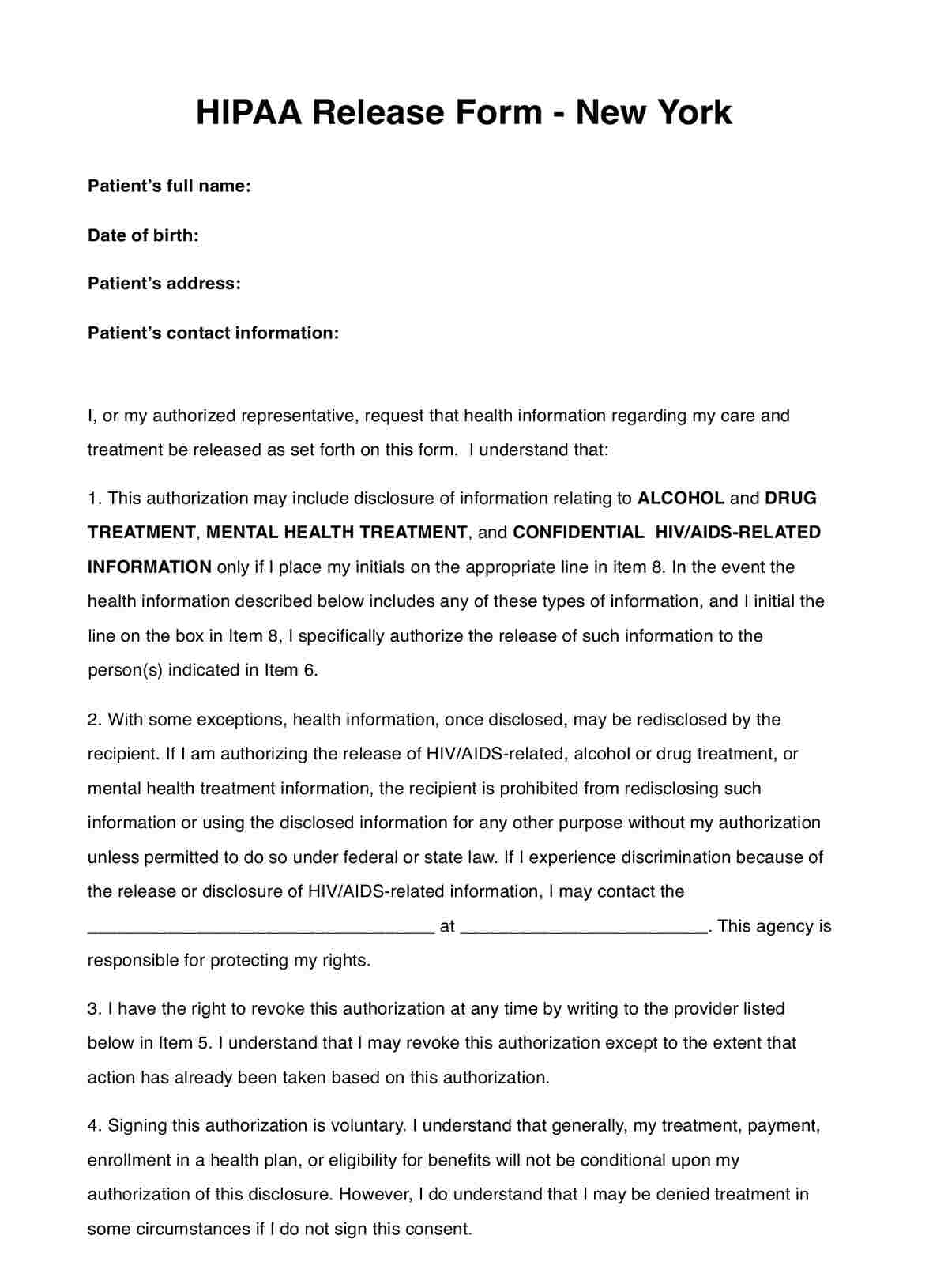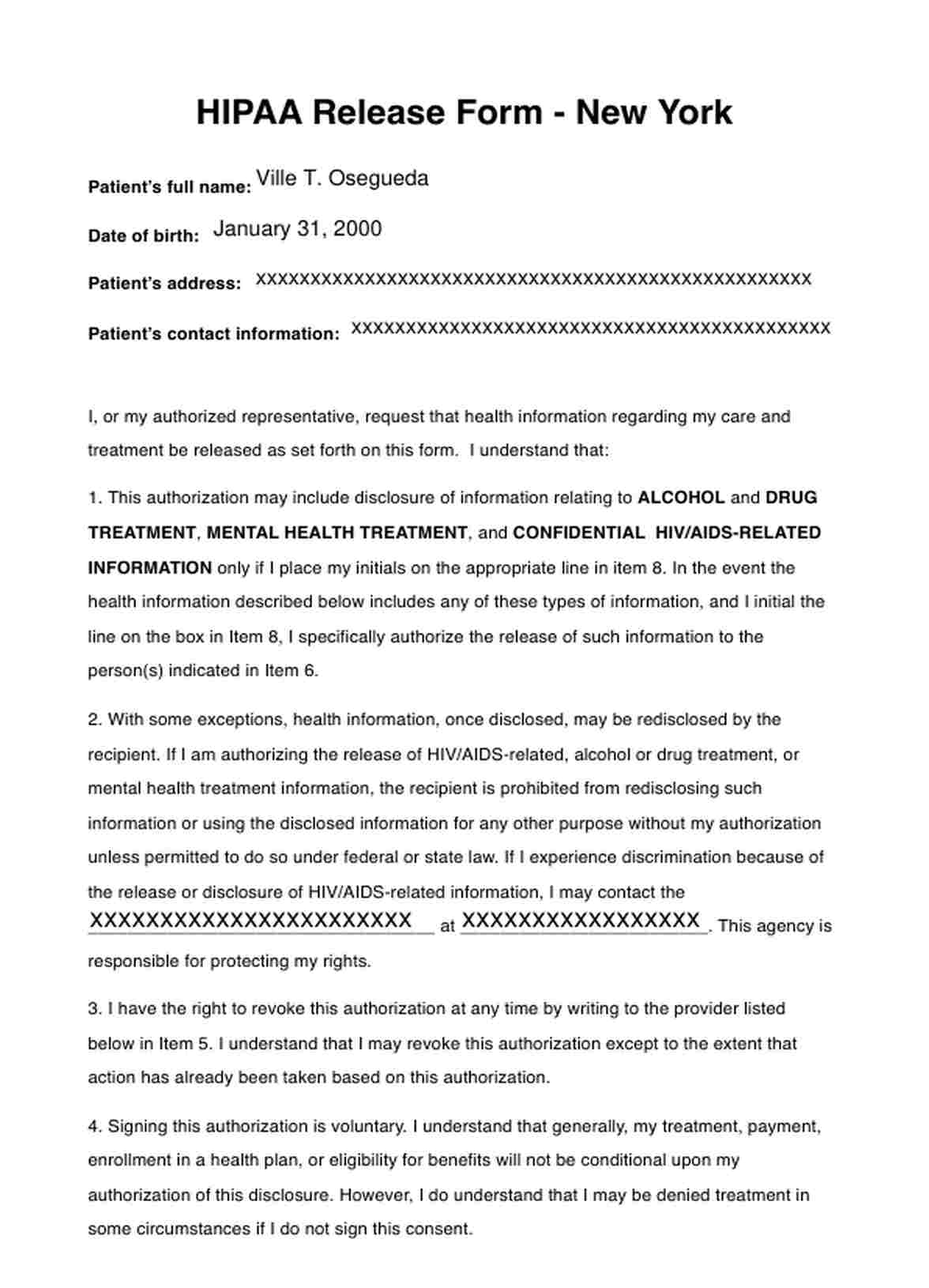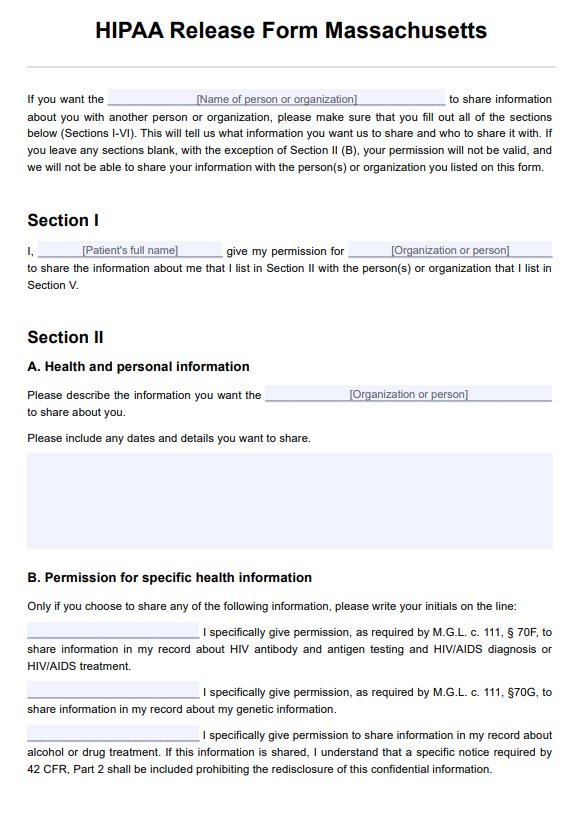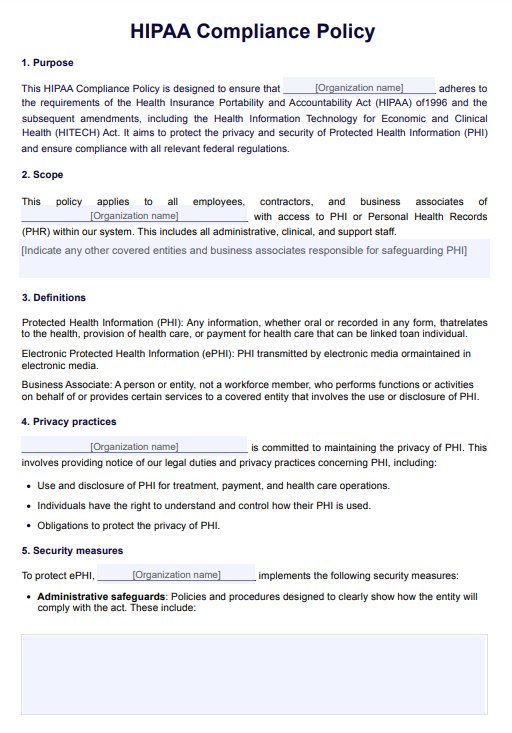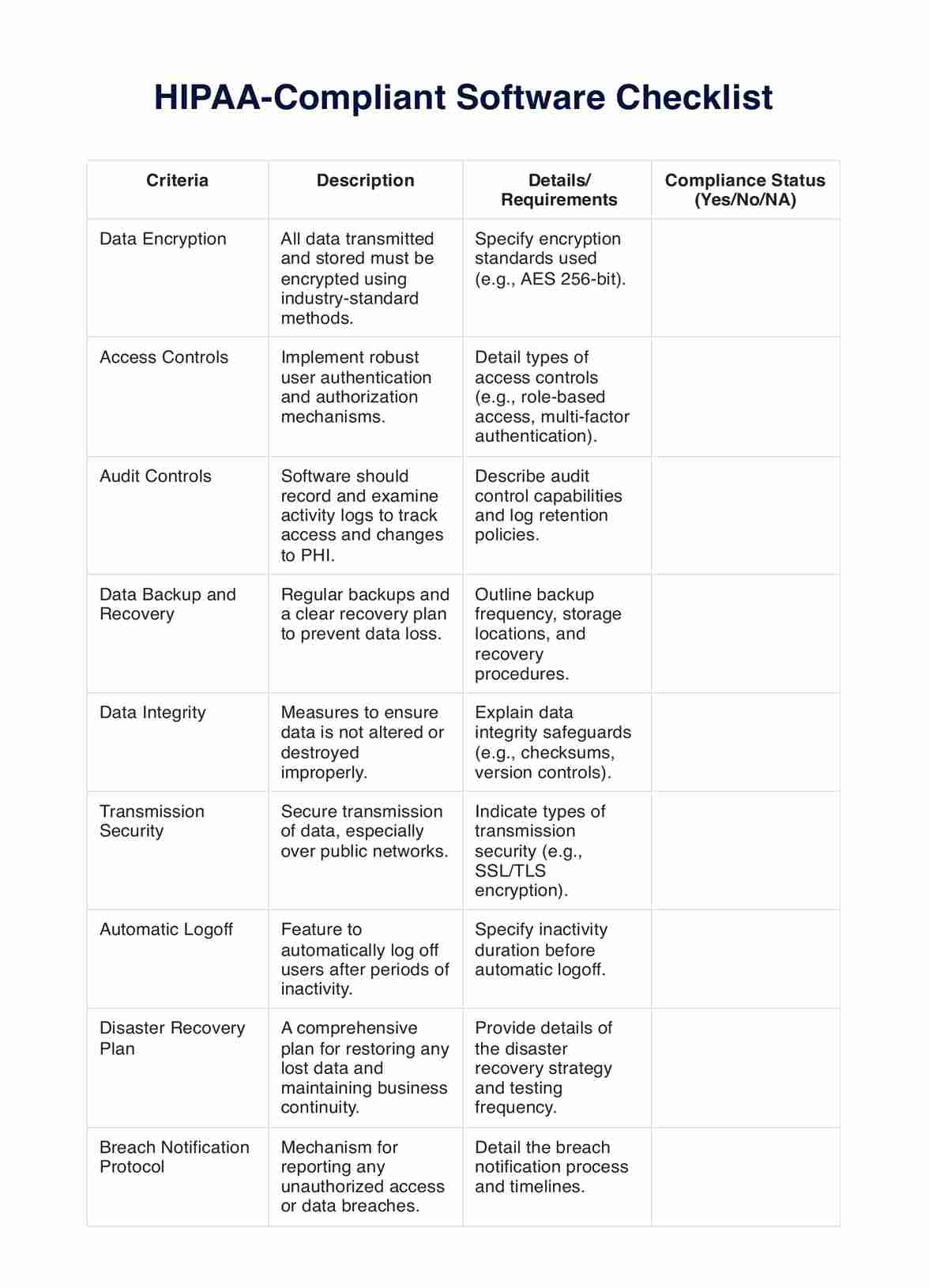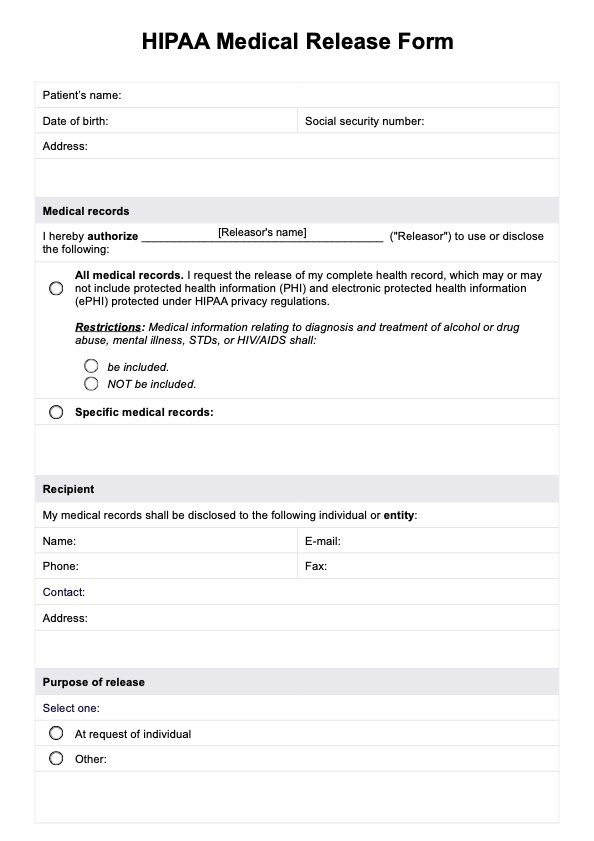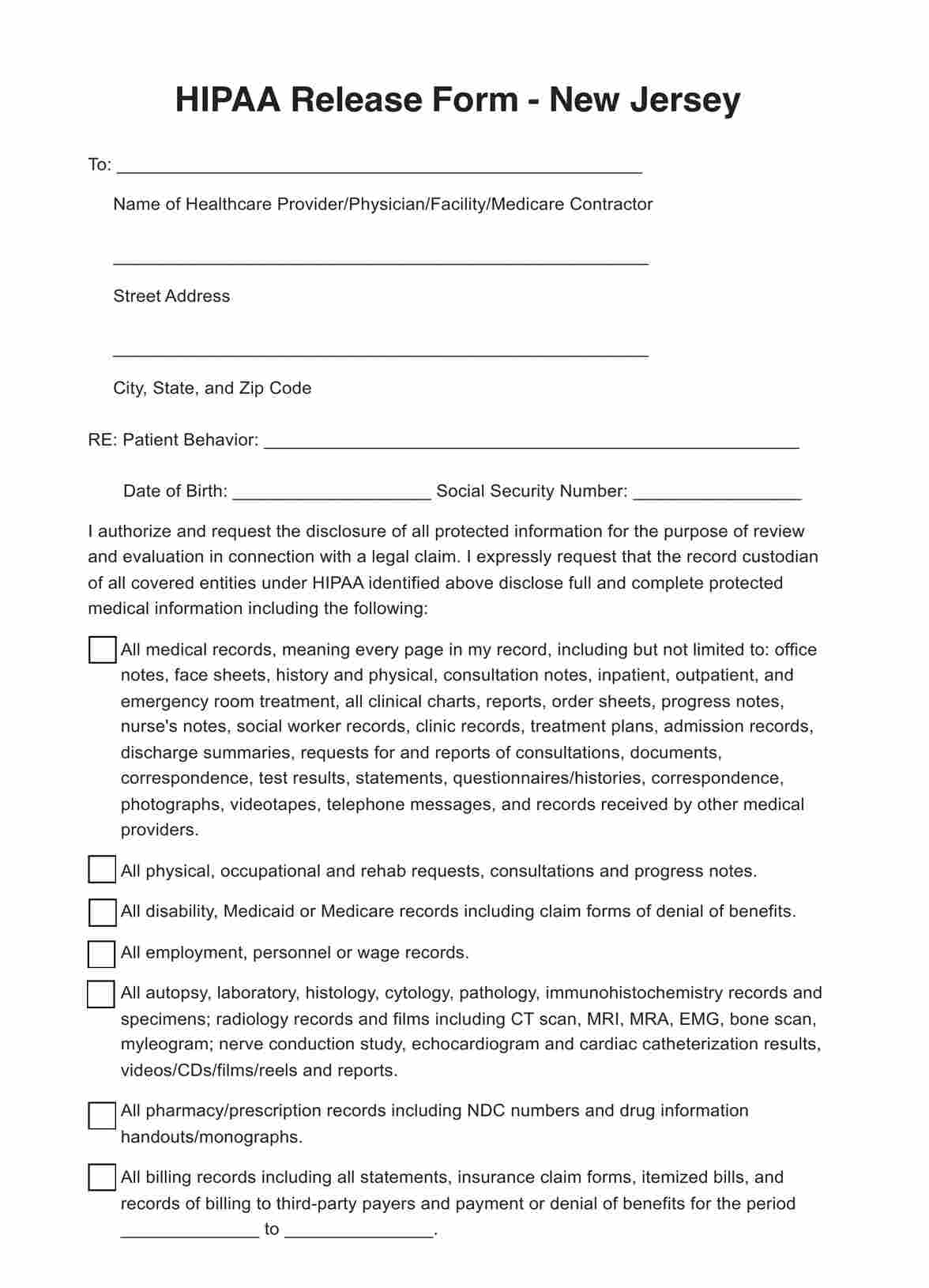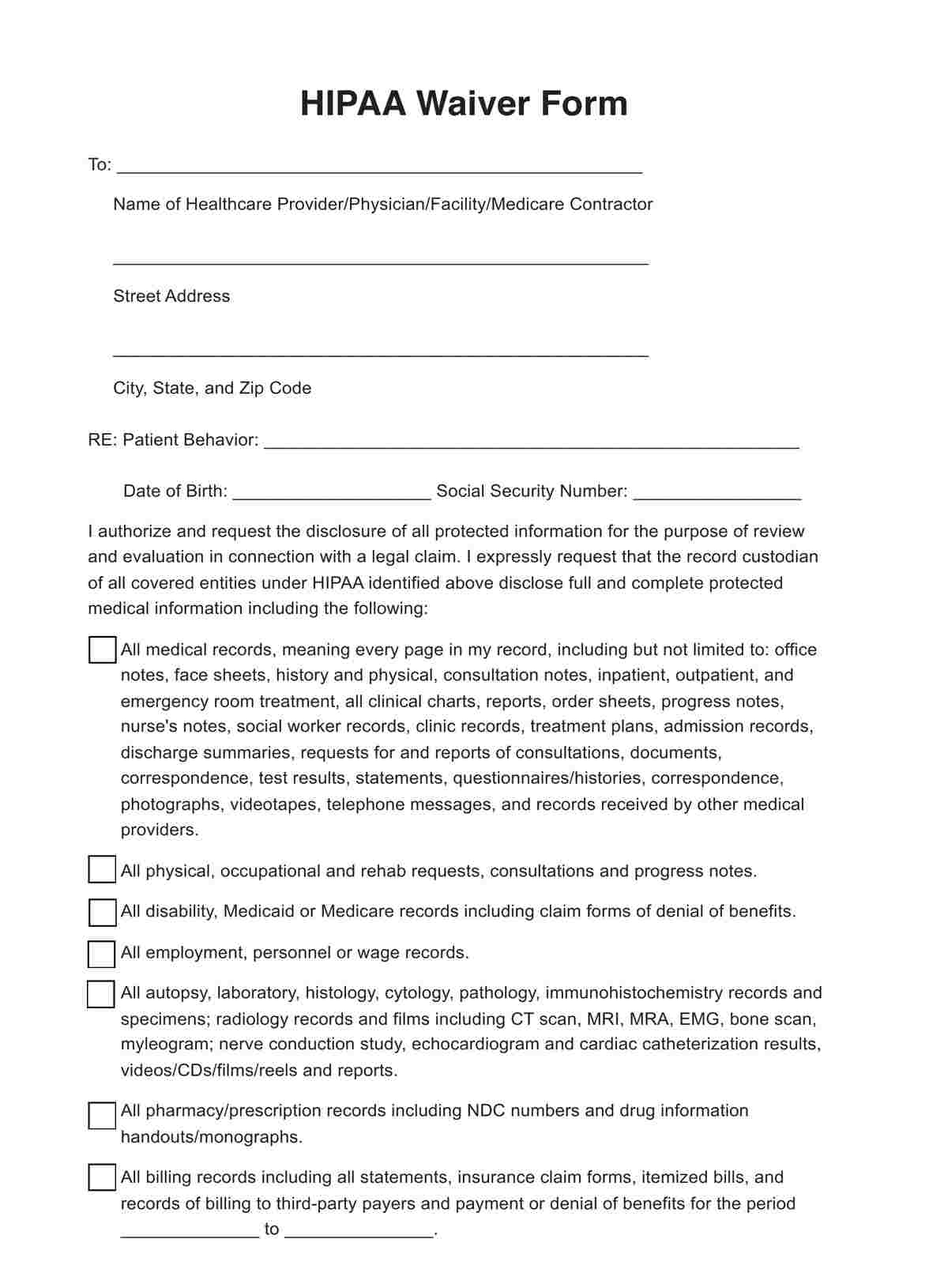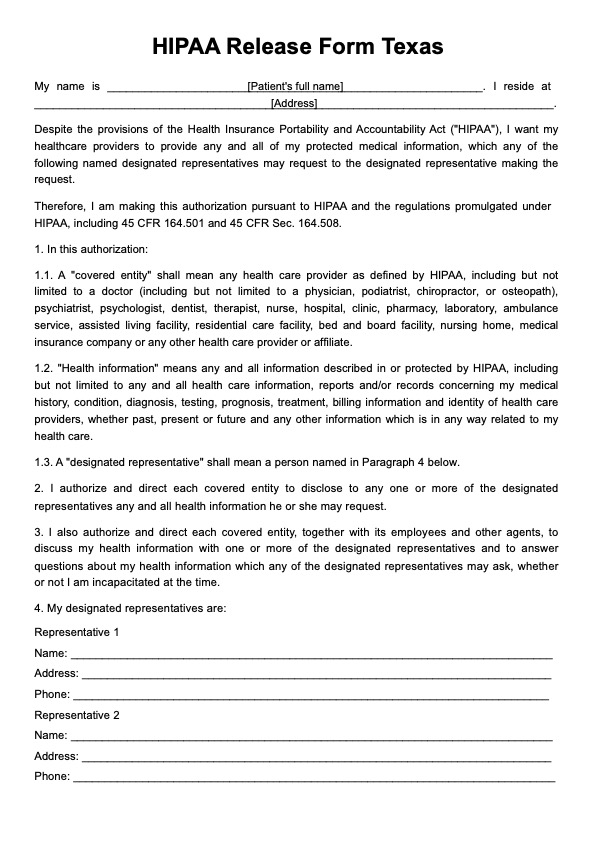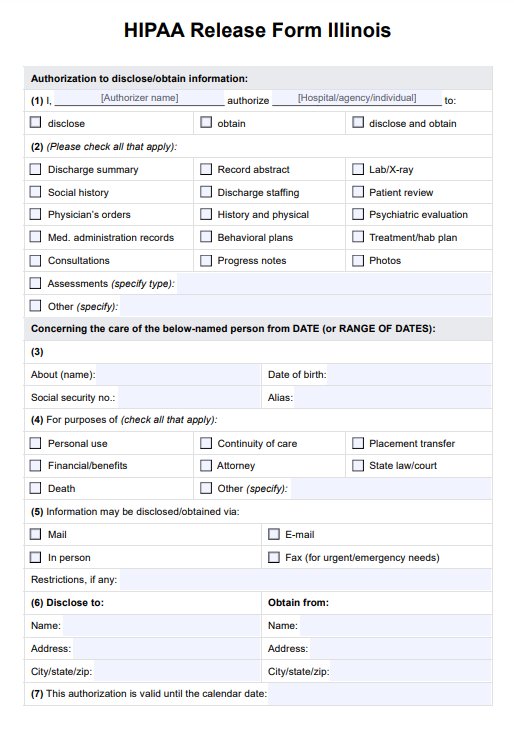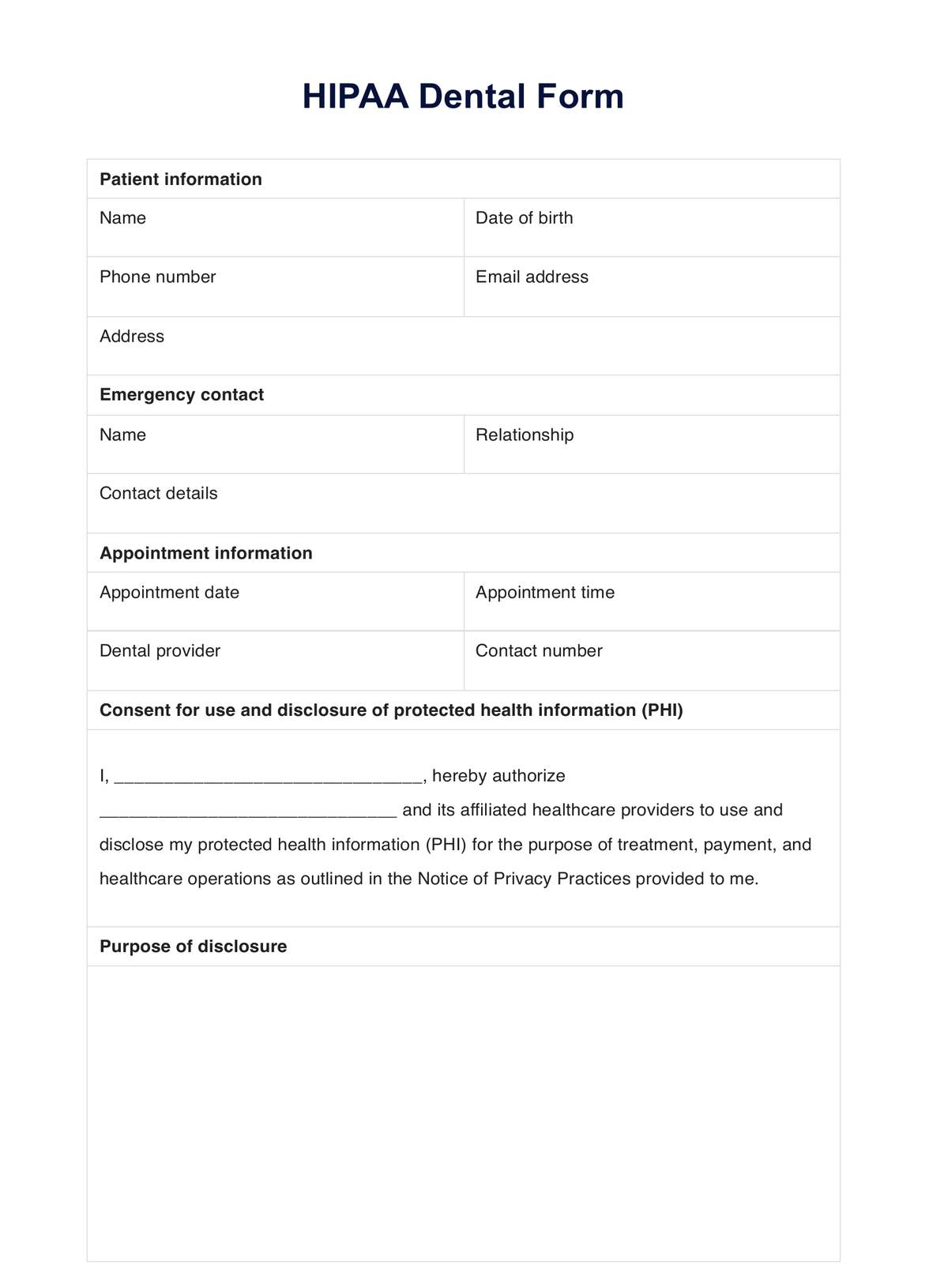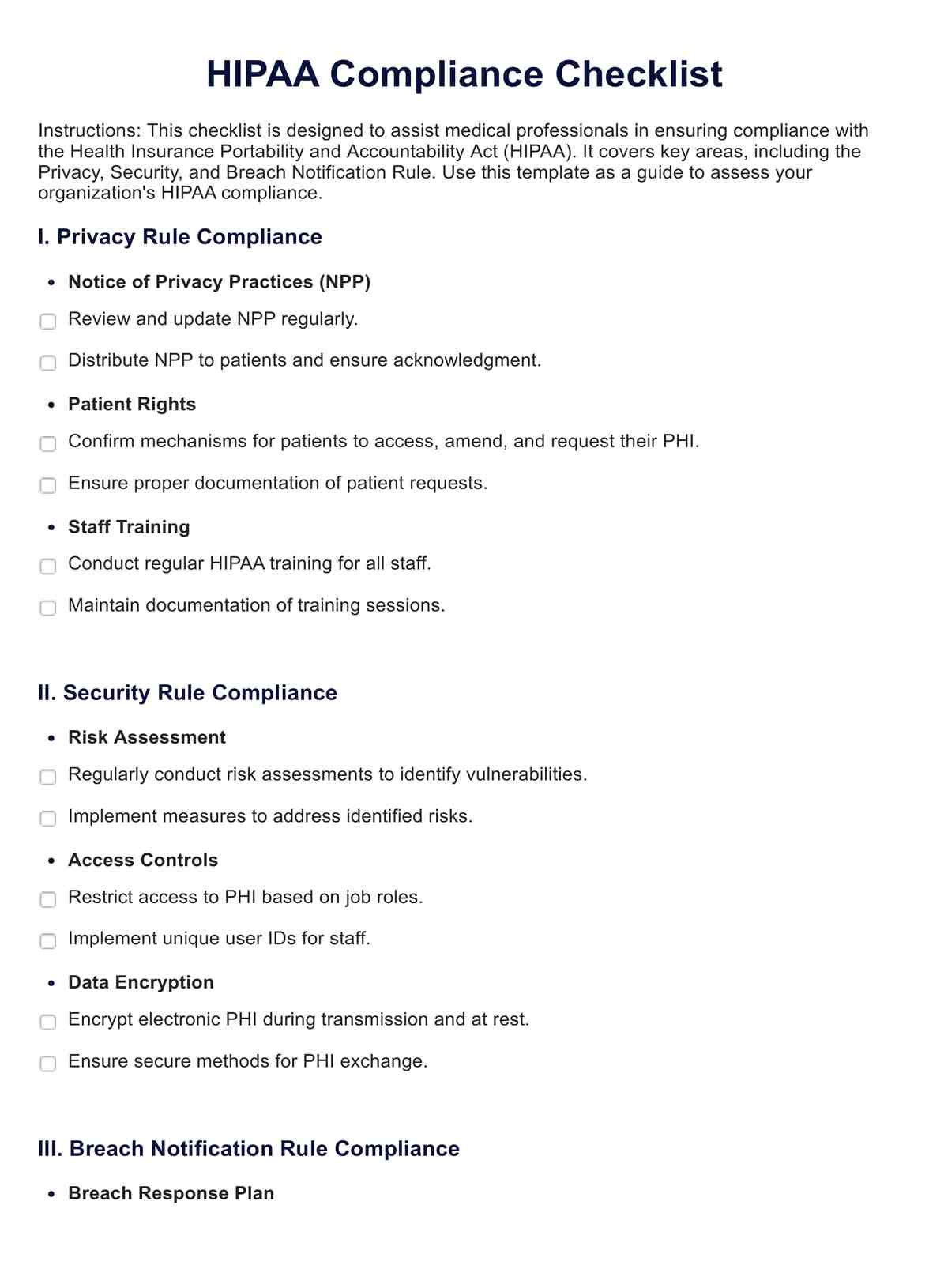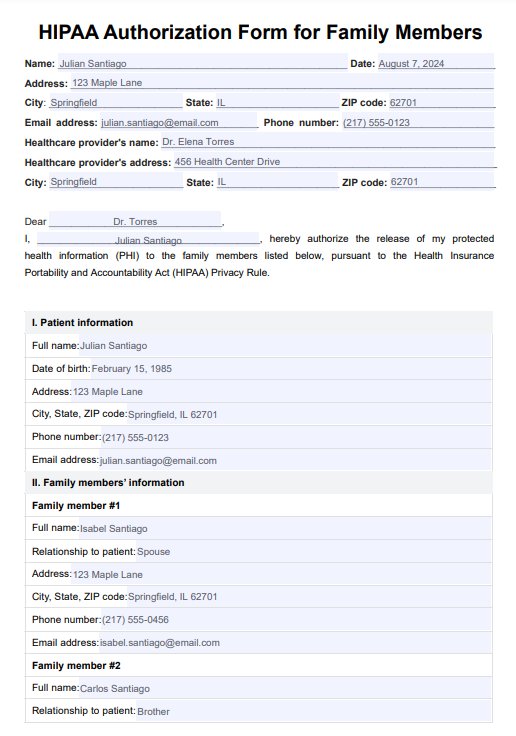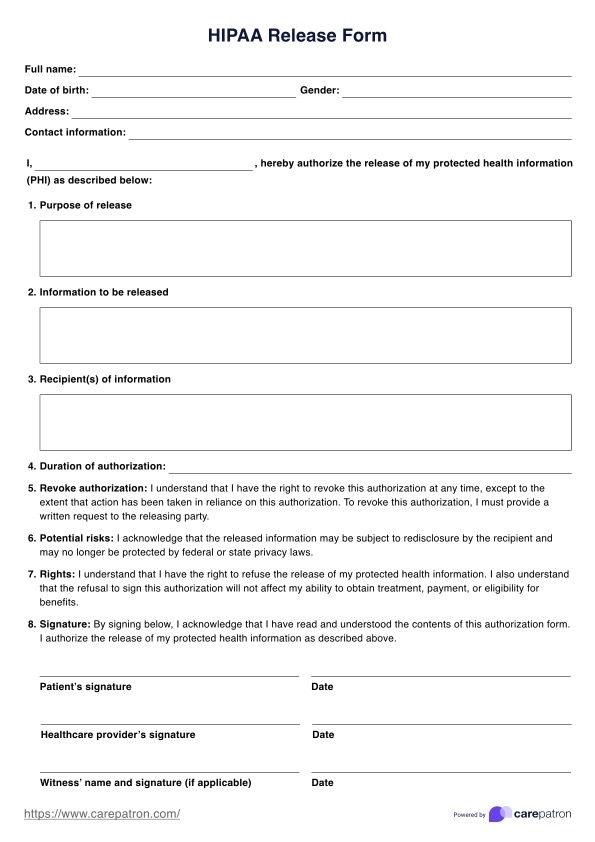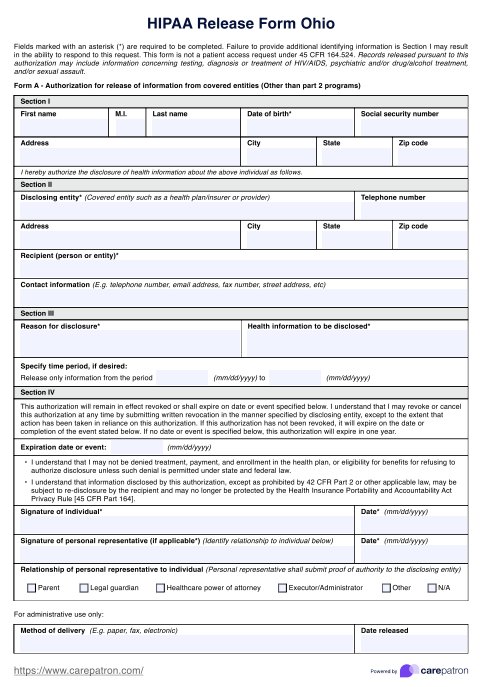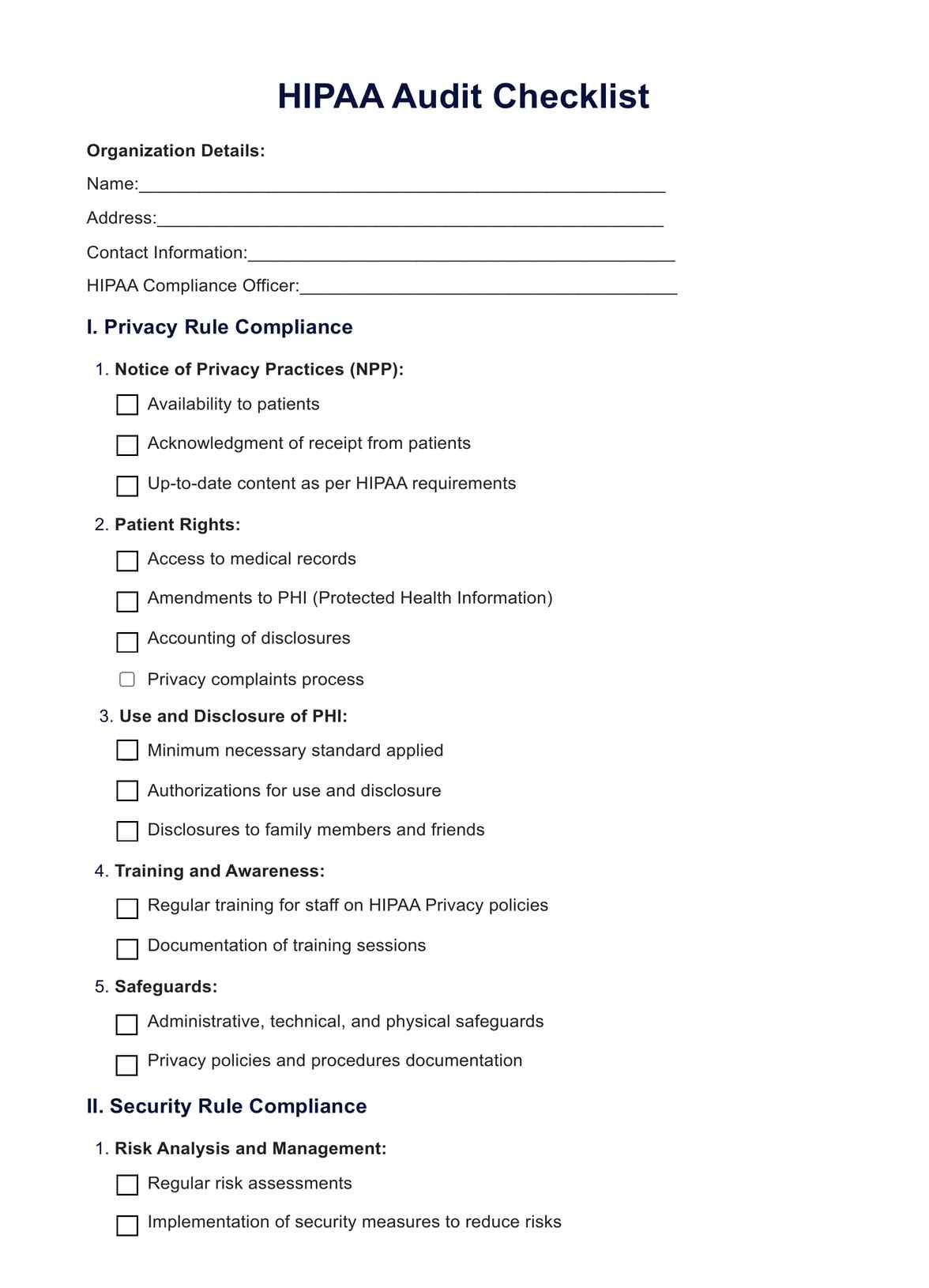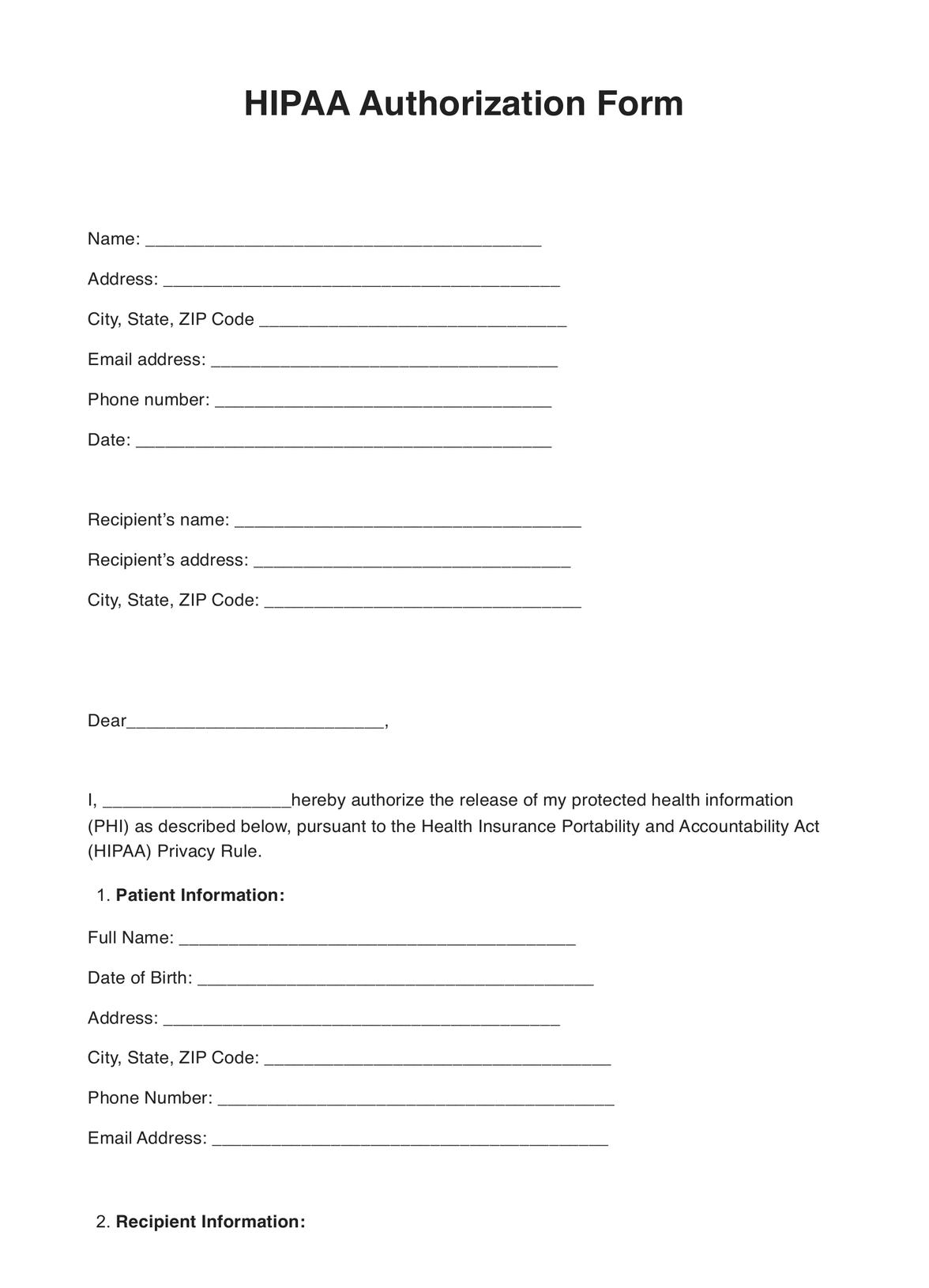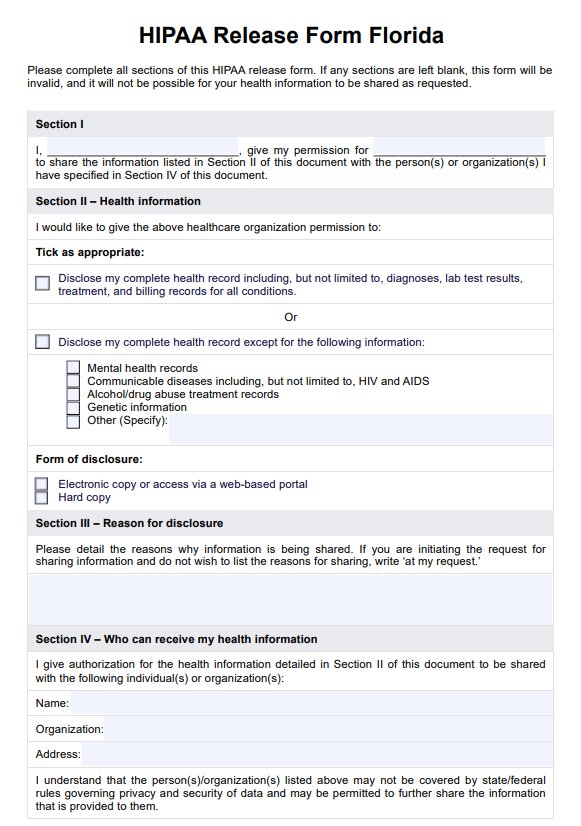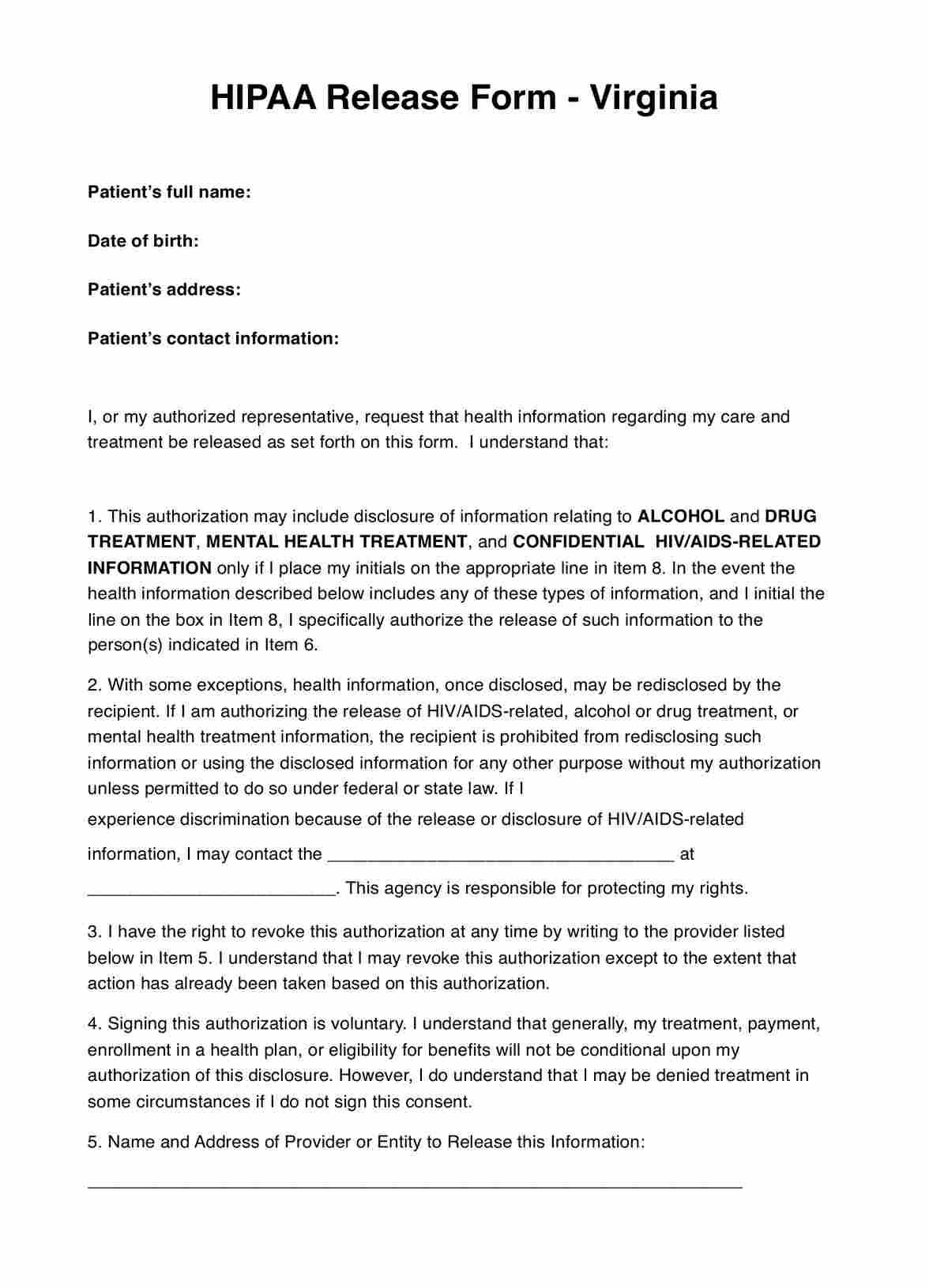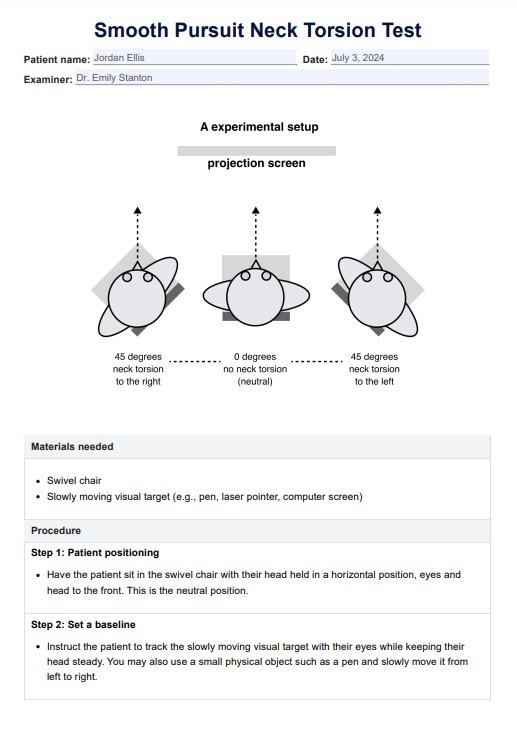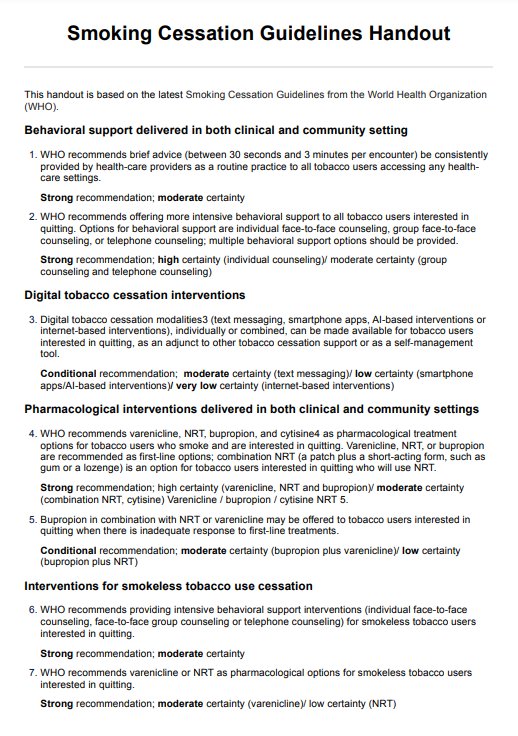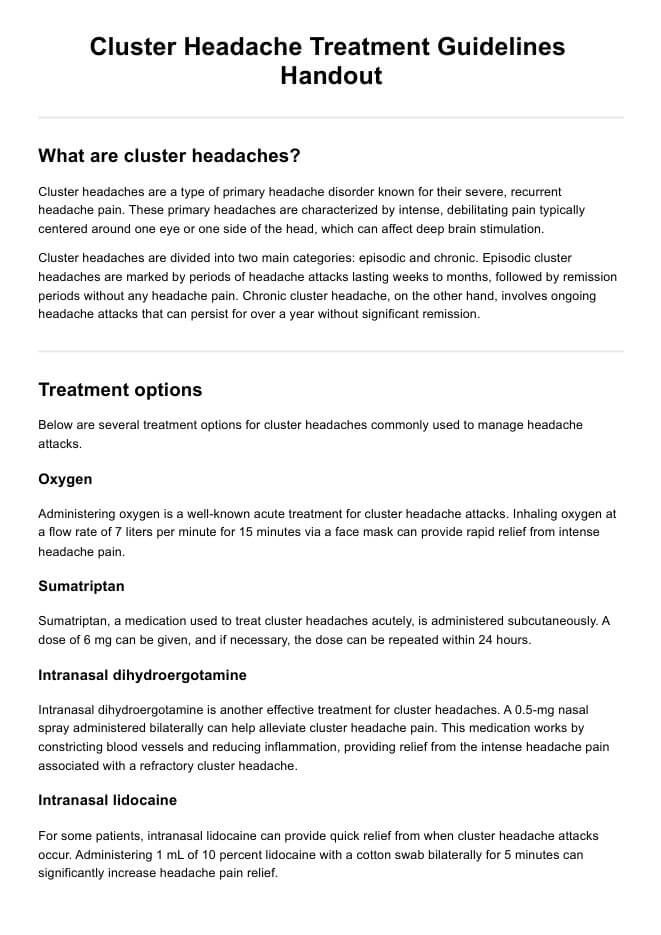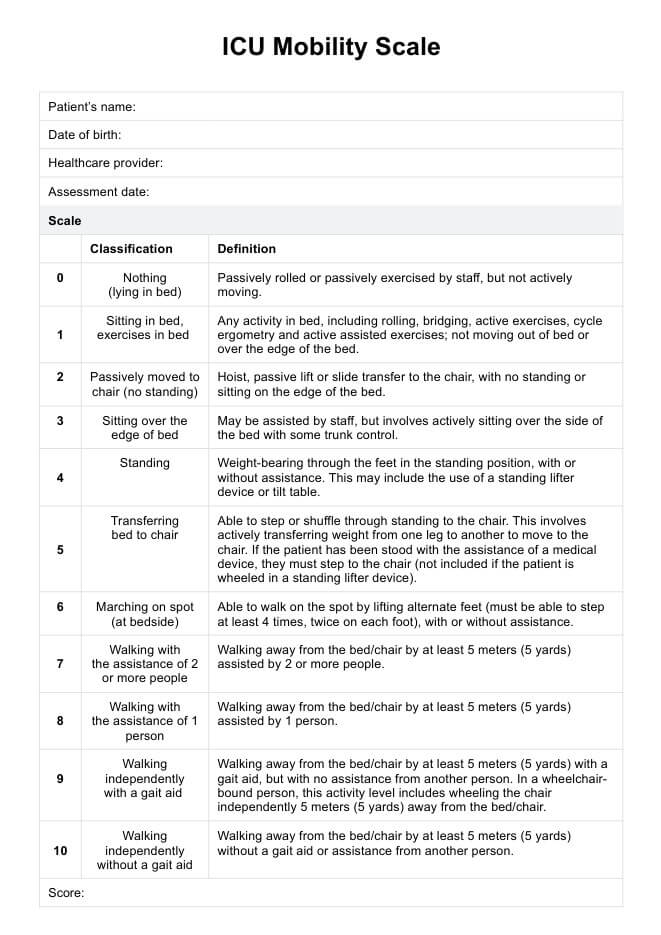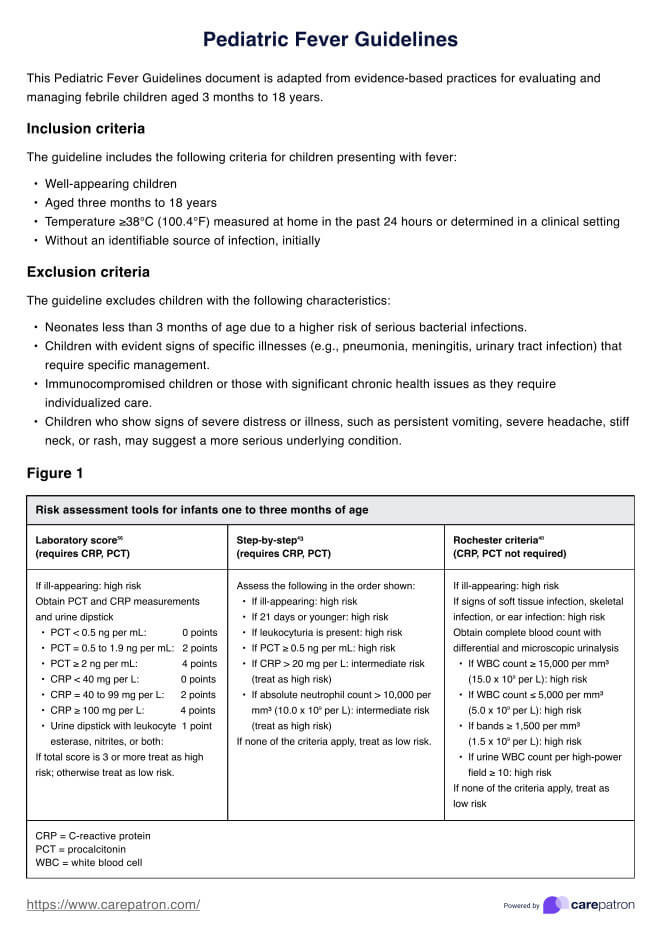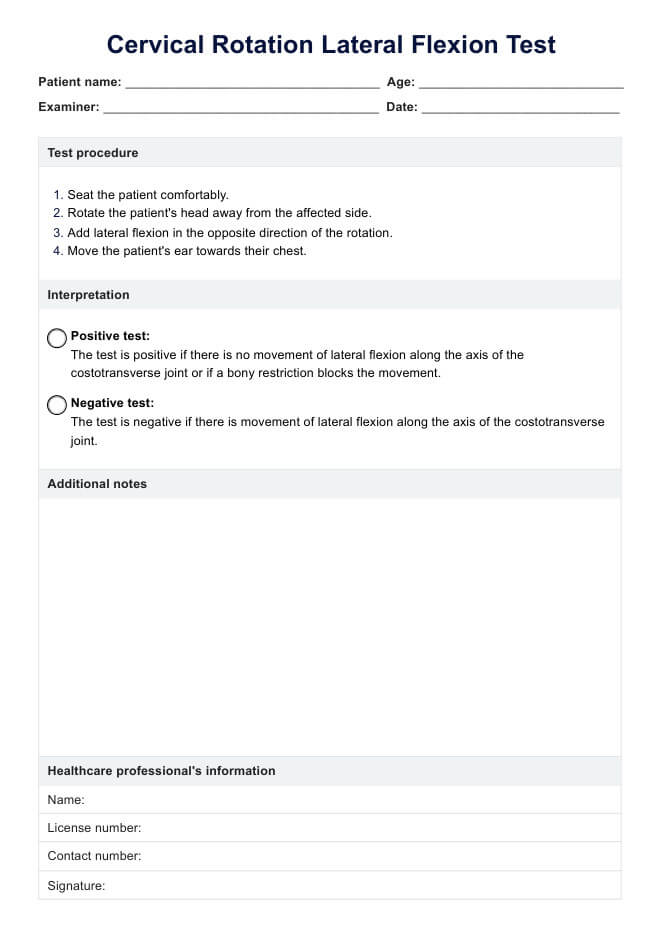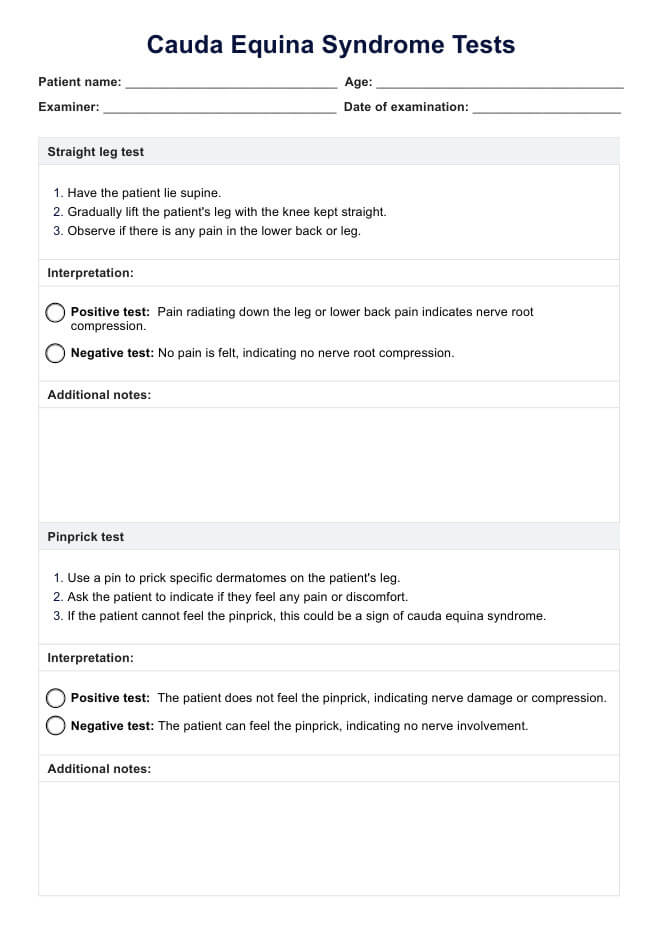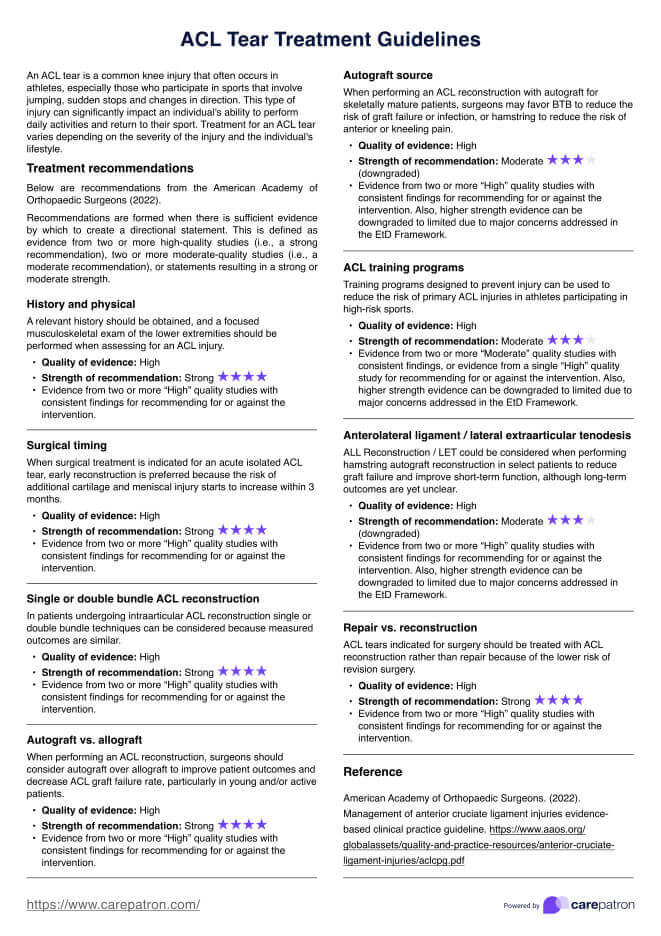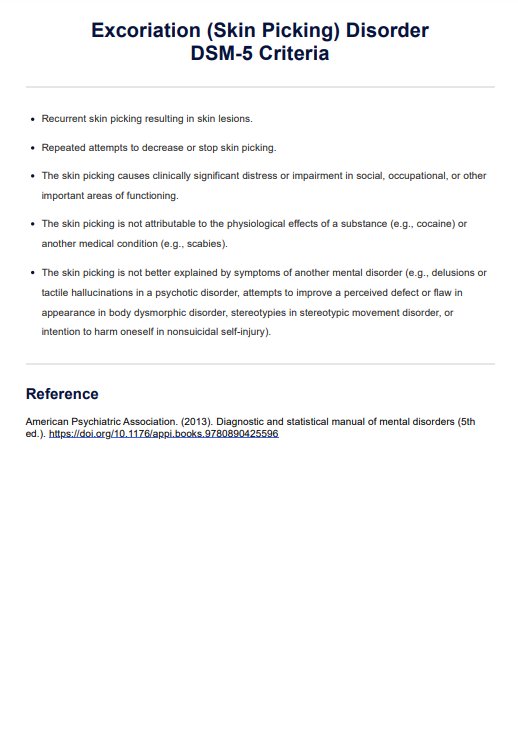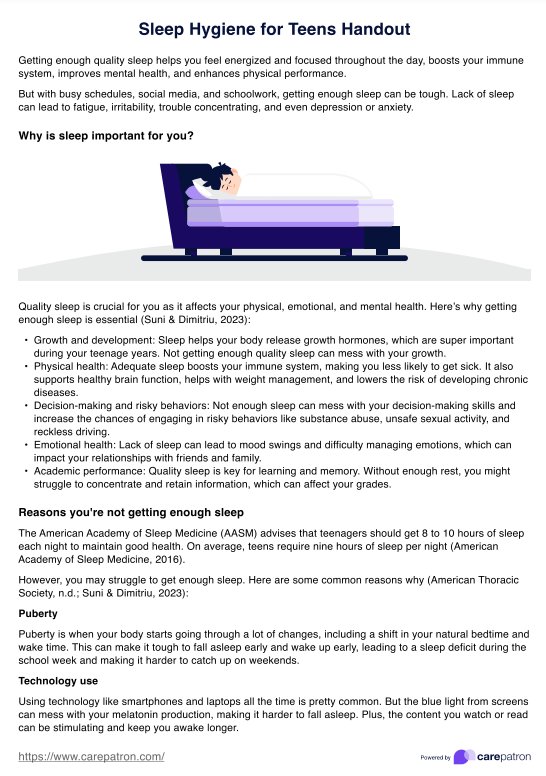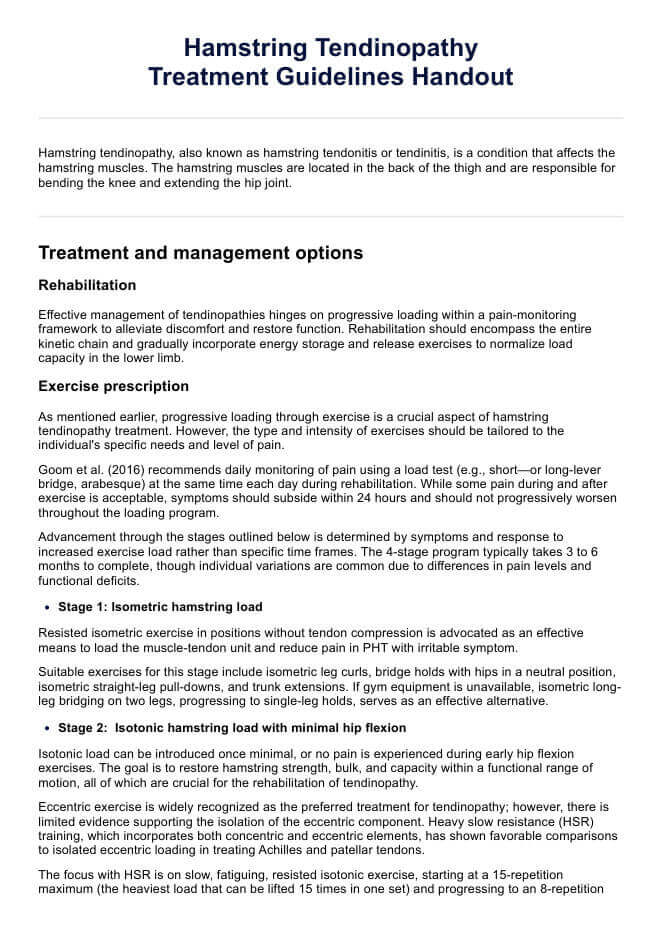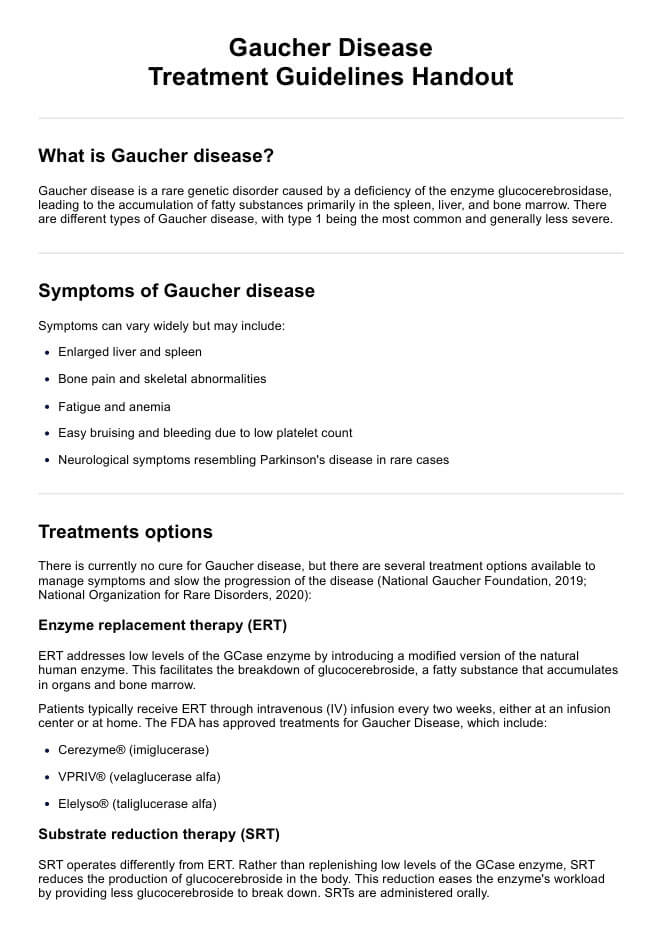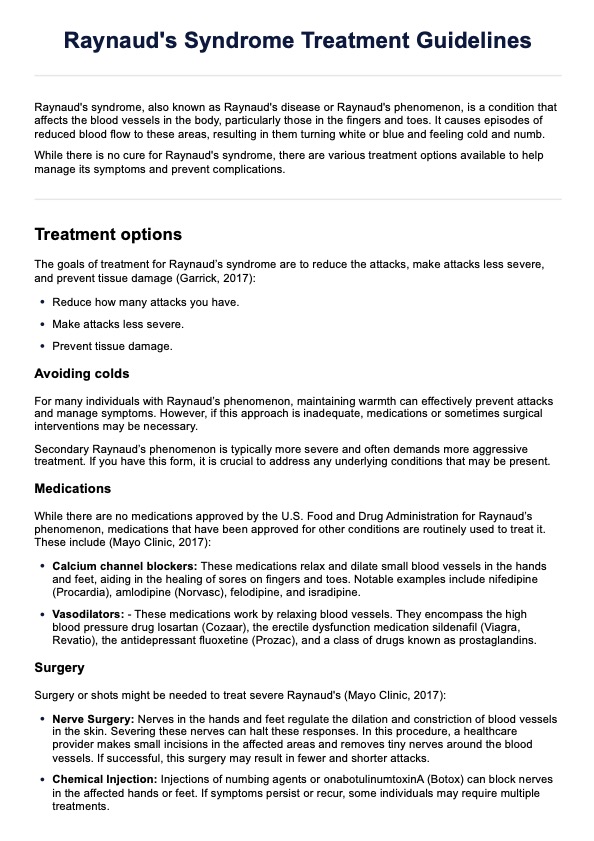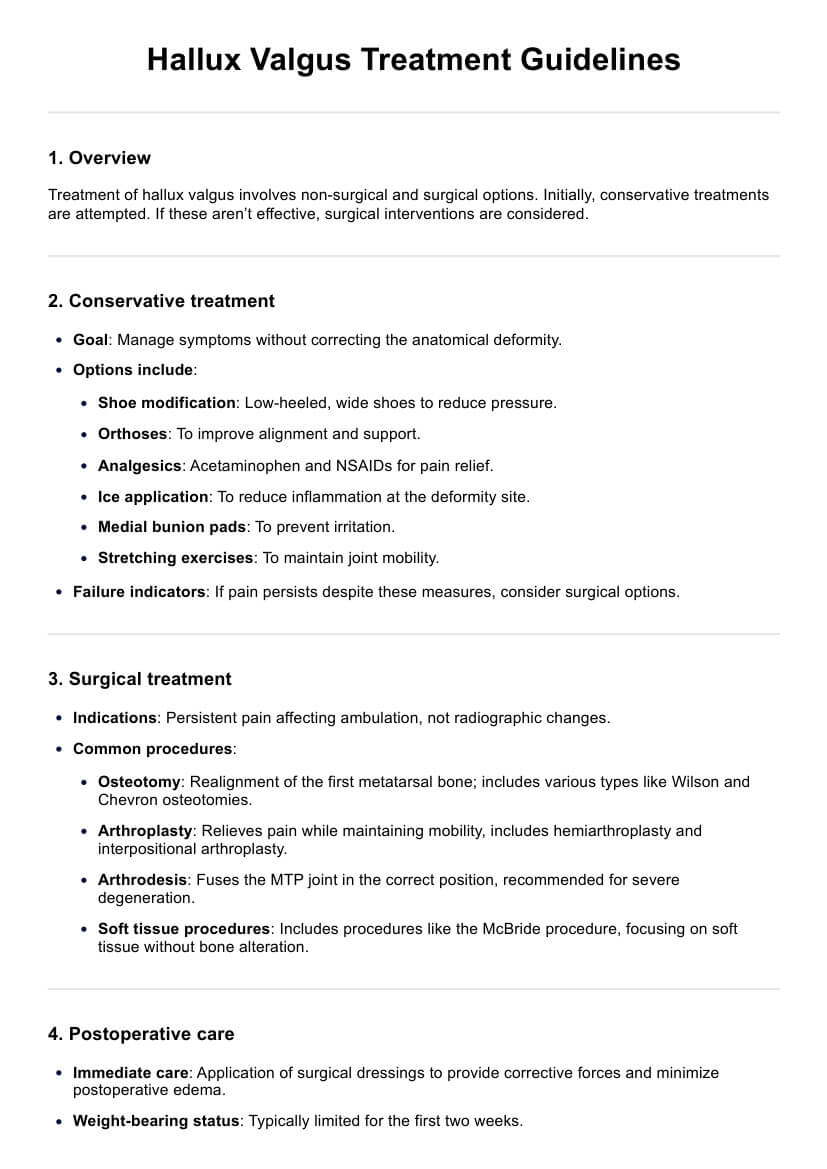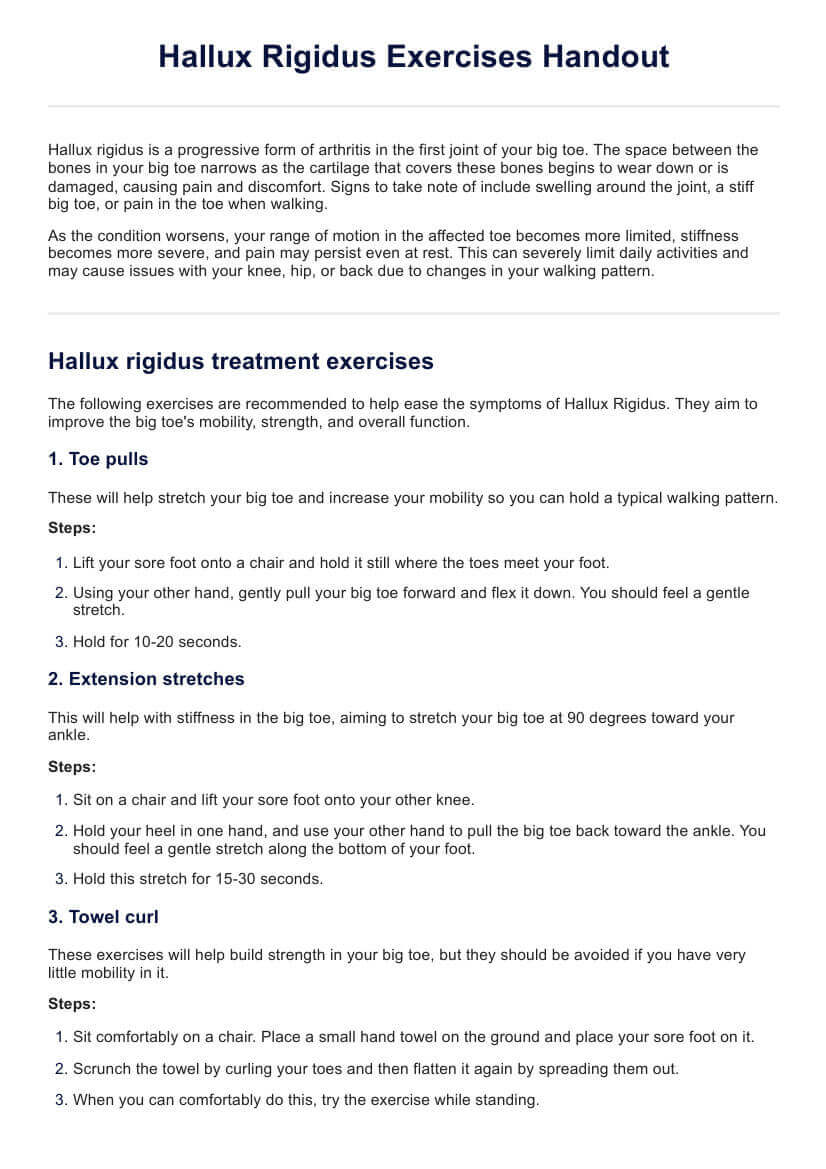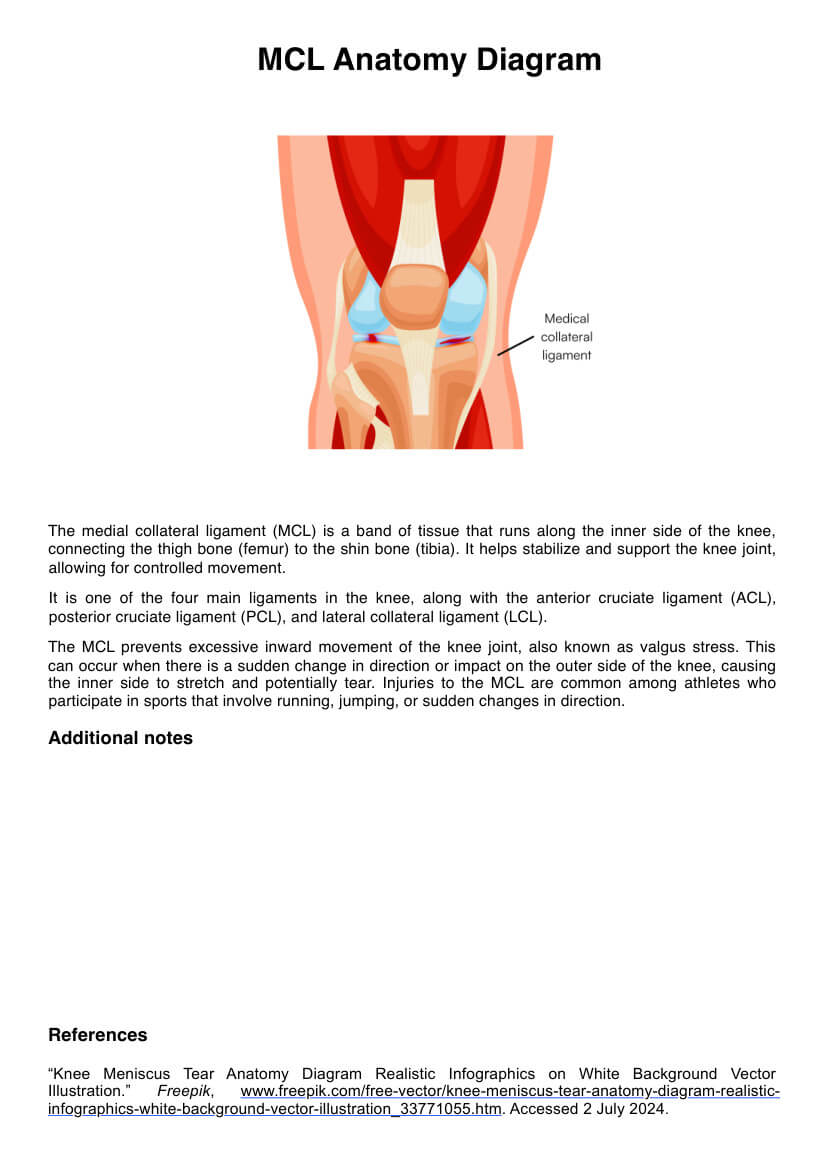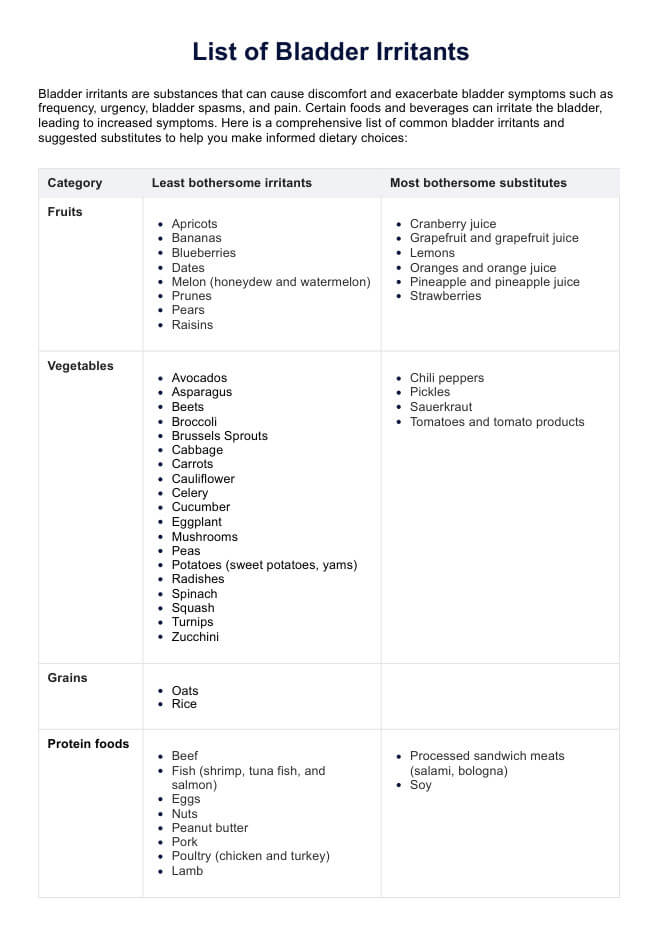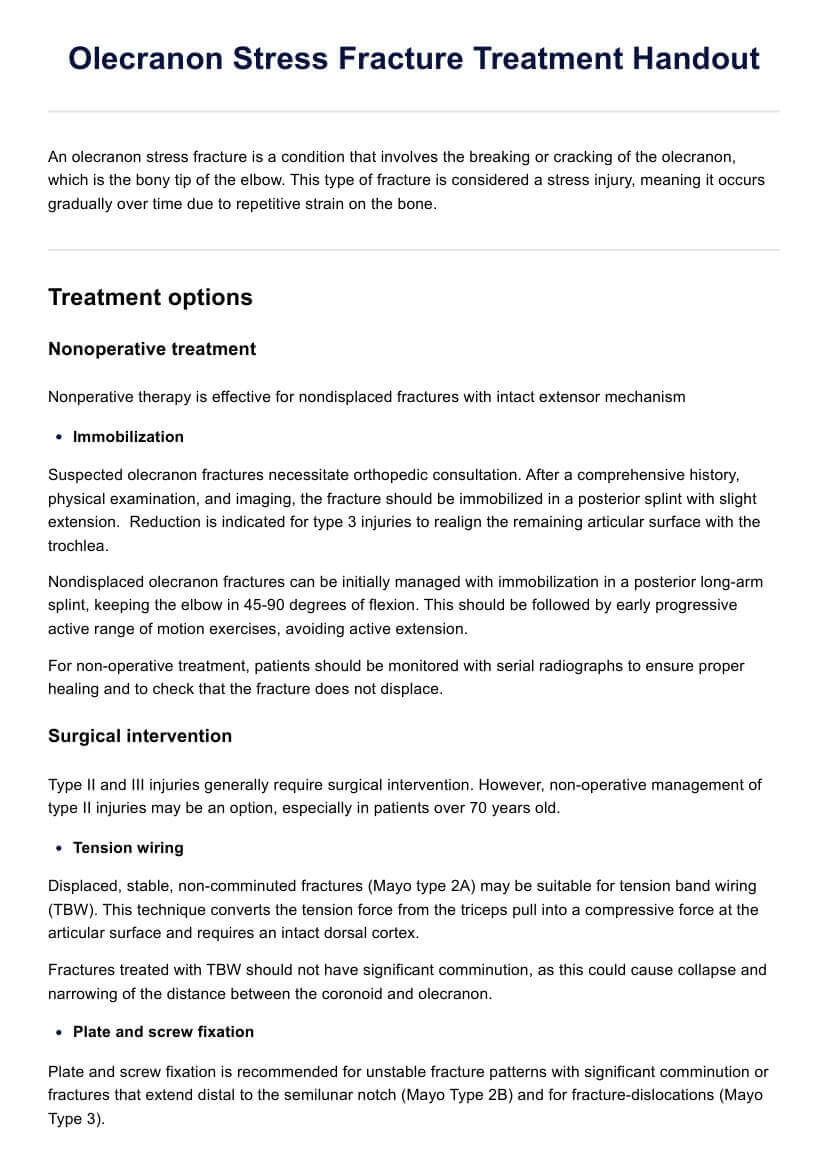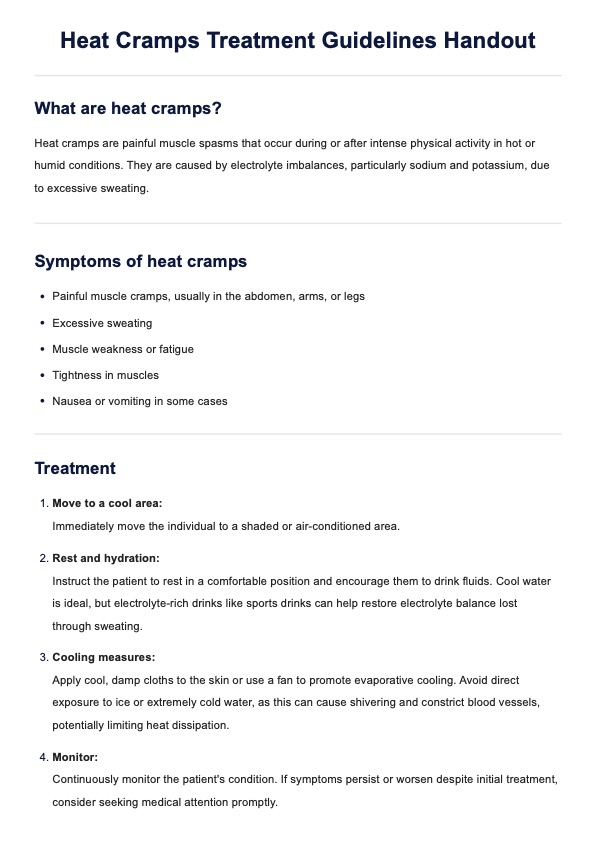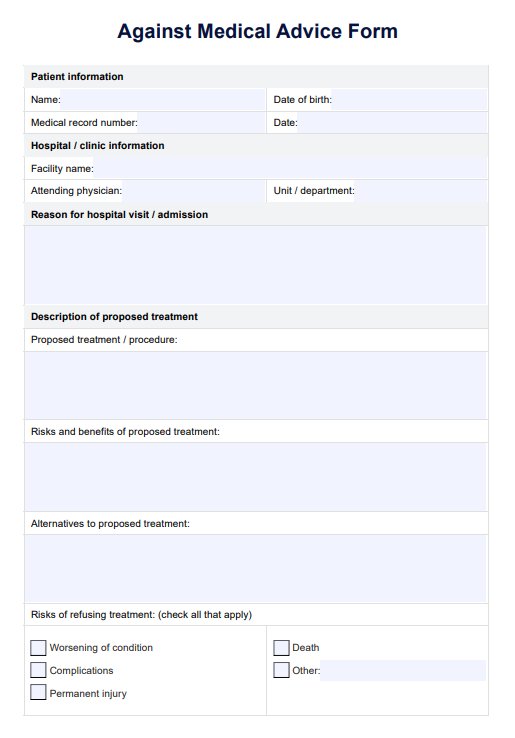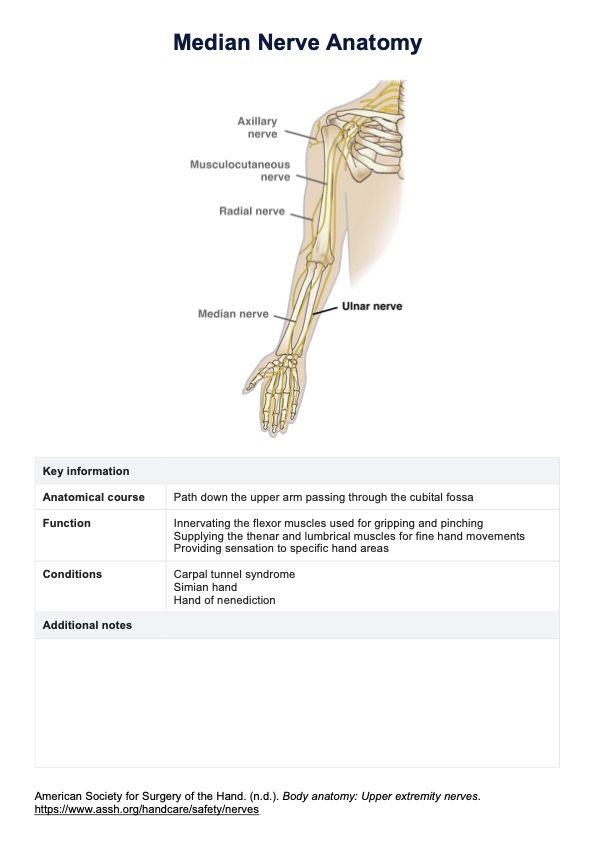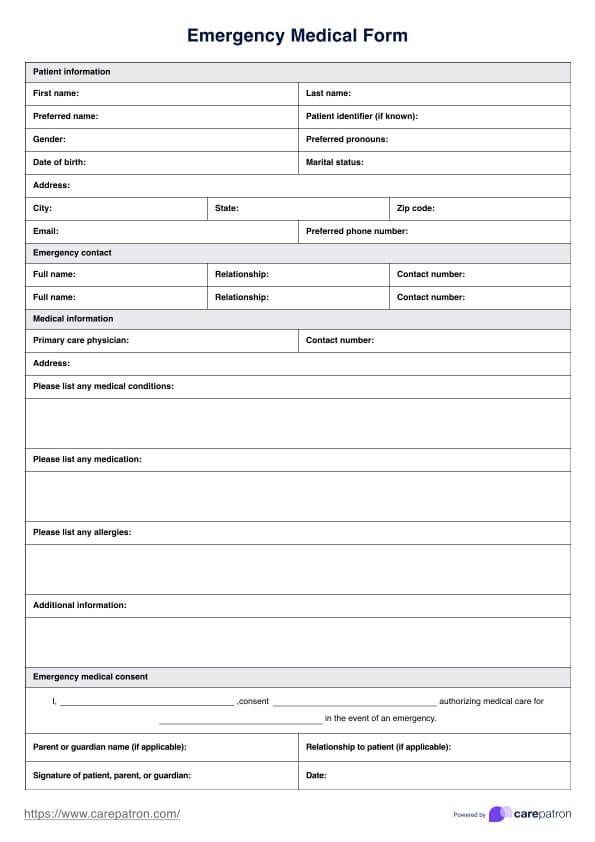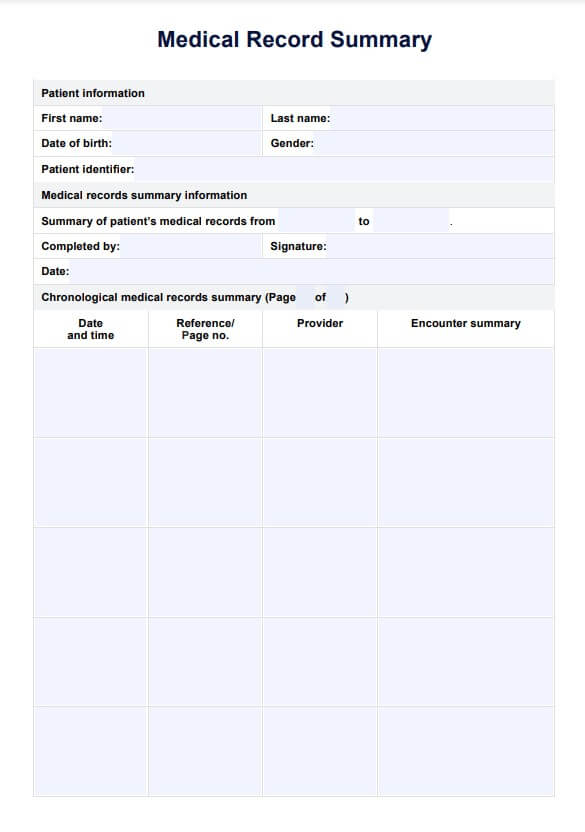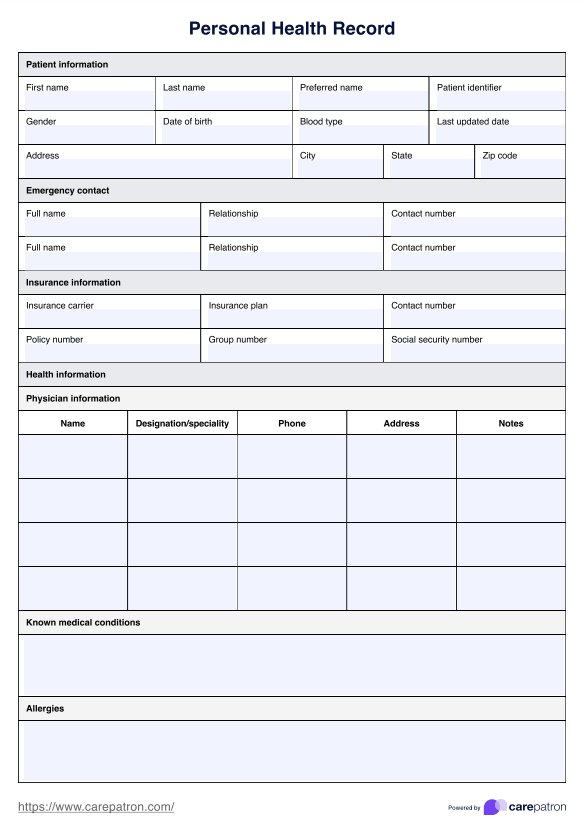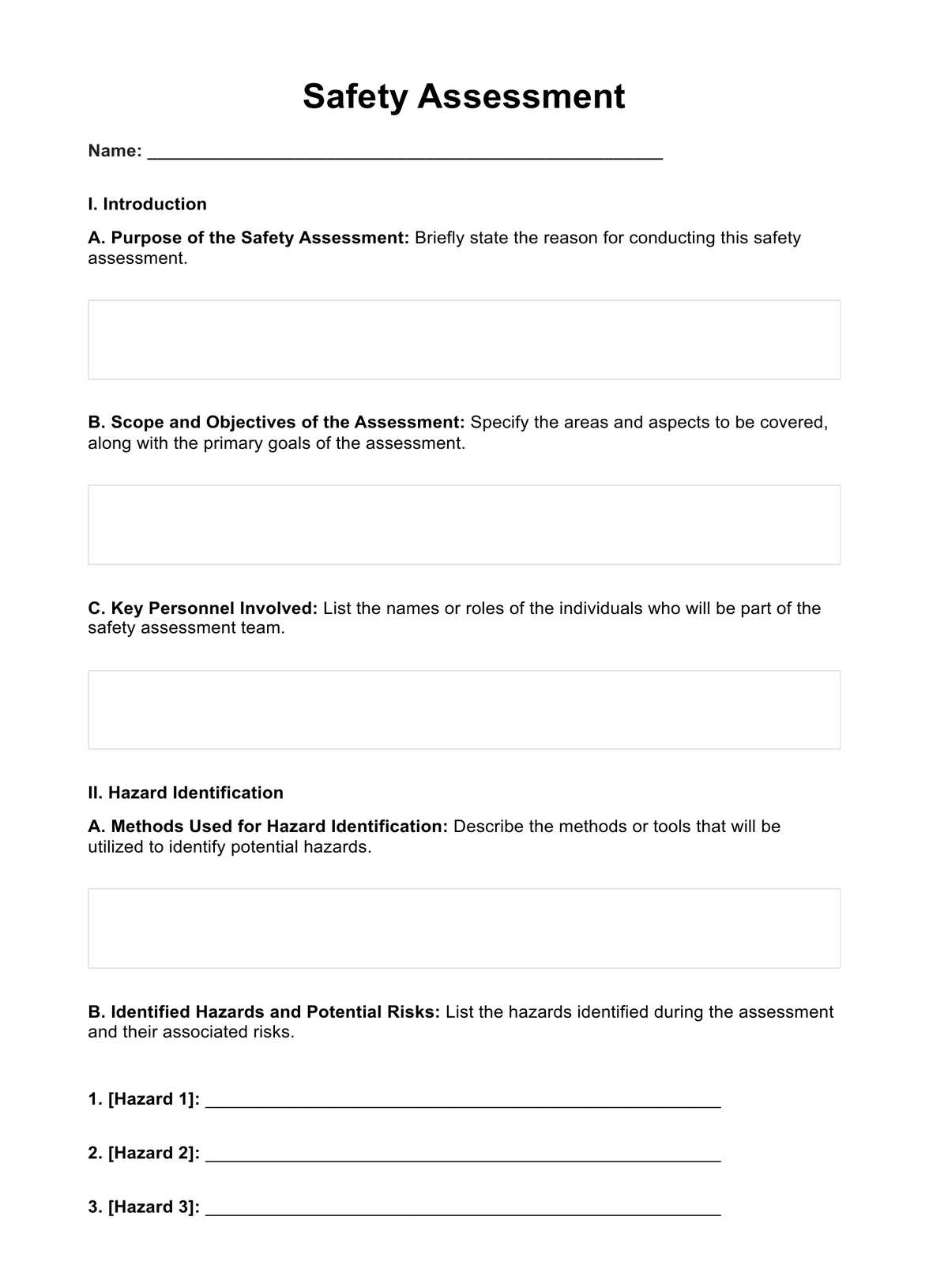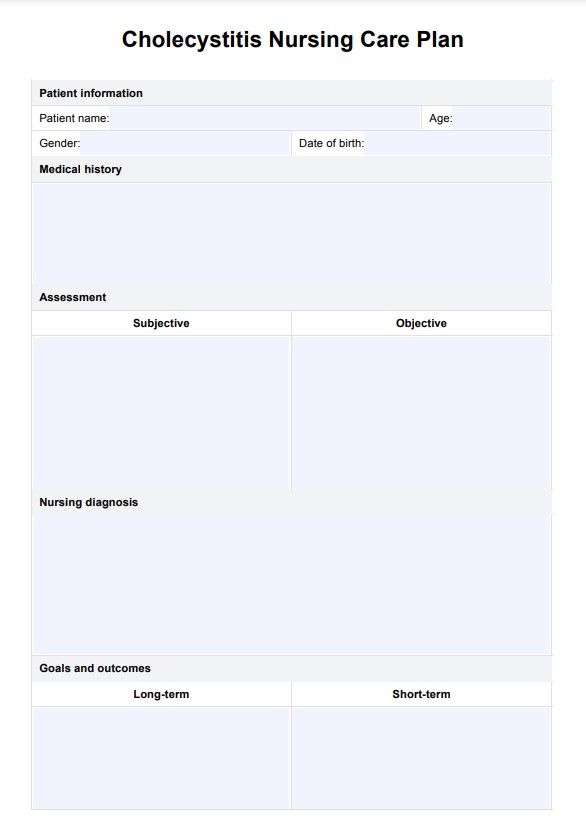HIPAA Release Form for New York
Learn about what a HIPAA Release Form for New York is and why it’s important to the privacy and security of your protected health information.


What is a HIPAA Release Form?
Did you know that healthcare professionals and providers are not allowed to discuss the health and medical information of their patients with anyone aged eighteen or above? That’s a good thing, and we have the Health Insurance Portability and Accountability Act (HIPAA for short) to thank for that!
Because of this act, professionals and providers are obligated to ensure the health and medical information of patients are only made available to the patients themselves and anyone else that these patients deem worthy of accessing their protected health information. The only time that professionals and providers can share information is if a person has a signed indicating permission to ask for and receive such information.
The HIPAA mandates were established to secure the privacy of patients and their health/medical information, especially certain information that can be used to identify who they are, such as their medical billing statements. This means that professionals and providers can only disclose information to the patients and anyone they nominated unless the law or health insurance groups require it.
In the case of this particular HIPAA Authorization Form, which is a form for those living in or being treated in New York, this form will ensure that healthcare providers and professionals will comply with the HIPAA mandates and local state laws to protect a person’s health information.
HIPAA Release Form for New York Template
HIPAA Release Form for New York Example
What would you normally see in a HIPAA Release Form for New York?
A HIPAA Release Form for New York is a straightforward legal document. More often than not, you will see the following:
- Patient Information - This part will collect information about the patient, specifically their full name, date of birth, and current address. Some forms ask for the Social Security Number or their Patient Identification Number.
- Authorization Statement - This is a section that is normally pre-written. It is a statement that the patient or their representative authorizes the healthcare professional or provider to disclose their health information to certain people they indicate besides parties like legal firms and health insurance groups.
This section will state what particular bits of information may be shared (the patient or their representative will indicate which bits of information they will allow to be shared later), their right to revoke the access that they have granted to certain individuals, and more.
- Name and address of the health provider/professional that will release the medical information.
- The full names of people that the patient or representative will grant access to.
- Specific Information to be released - For this part, the patient or representative will specify if they will allow all of the patient’s health and medical information to be released or only certain parts. They will also specify the range of medical records that this release will cover (from a certain year to another), as well as the name of an attorney (and their firm) or a government agency that they will grant access to.
- Reason for release - The patient or representative will state why their information is being released.
- Date of expiration - The patient or representative will indicate for how long the access is valid.
- Signature of the patient and the date they signed the form.
Some forms are attached to legal documents related to local laws as well as the Notice of Privacy Practices of the healthcare professional or provider.
When is it best to use the HIPAA Release Form for New York?
This is a strict HIPAA requirement, so you will need to have this at the ready when you’re about to treat a patient for something. You have to hand this to your patients, explain your privacy practices to them and give them a copy of your Notice of Privacy Practices.
An example of an appropriate time to use this is when a patient will be transferred to another facility and a different medical team. This form will have the patient grant permission to their current provider to release their medical information to the next provider so they can be immediately aware of the patient’s condition and treatment progress. This ensures smooth transition and continuity of patient care.
This type of form can also be used during legal proceedings to protect either the healthcare provider or the patient, depending on the legal claims being made. If a healthcare provider is accused of mishandling a patient’s medical information, they can use this as part of the evidence to counter that claim. Likewise, the patient can use this to back up their claims if the healthcare provider didn’t uphold the protection of their information.
It’s also used for insurance purposes. If you file an insurance claim related to your health, it is a guarantee that your medical information will be required, so it’s best to have one prepared before you even file for an insurance claim. That way, the process should move without a hitch.
What are the benefits of using a HIPAA Release Form for New York?
It can help with the continuity of patient care.
Remember our example about releasing a patient’s medical information to another provider? It’s actually best to always have a release form signed before transferring a patient to another provider (or if the patient decides to transfer or has to transfer for certain reasons). You wouldn’t want the patient to start from scratch and waste whatever progress has been made, so by issuing a release form before they get transferred, they can grant the rights to release the medical information for the next medical team to peruse so they can determine how to proceed with the patient based on the progress made.
It can help educate patients about their medical privacy rights.
HIPAA Release Forms normally have pre-written sections. These are, more often than not, the authorization statements on the forms. All the patient needs to do is sign the sections that need to be signed and indicate the names they will grant access to, but before they do any of those, it’s best you explain what the form covers. This is usually explained alongside the provider’s Notice of Privacy Practices and state laws. By explaining the purpose of this form in relation to HIPAA, the provider’s privacy practice notice, and local state laws, patients will learn about their medical privacy rights and how much control they have over their medical information.
It can grant legal protection.
While using the HIPAA Release Form is for legal compliance by the healthcare provider, this document will also protect both the patient (or representative) and the provider/professional. If there are any disputes regarding how the provider has handled their medical information, the provider can use this to help clarify a counter to the claims and present it alongside other evidence that they kept their patient’s medical information secure and only shared it with relevant parties (members of the medical staff for procedures, legal teams, insurance groups, certain governmental offices, etc.).
If the provider did mishandle the information and it resulted in unwanted consequences, the patient can sue them and use this document as part of their claims.
Commonly asked questions
Any healthcare provider or professional in New York can and should use this form for work and legal compliance. Patients can also use this to indicate who else can access their medical information, file for an insurance claim, or to use it as evidence in legal proceedings.
Yes. The patient has the right to revoke the access permissions they gave at any given time. Some forms have revocation clauses. Some professionals and providers have a separate form for this. Do note that once it has been revoked, formerly authorized individuals will no longer have access to the patient’s medical information.
That depends on what the patient wants. They can set the validity period to one month if they want, or they can specify that it is valid until they revoke it.


